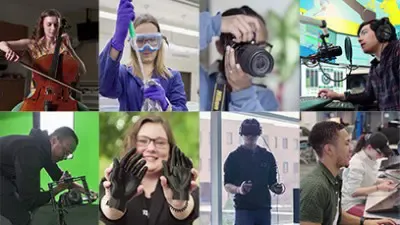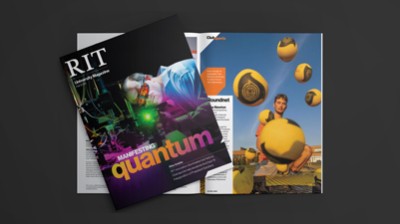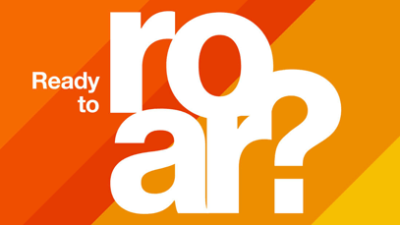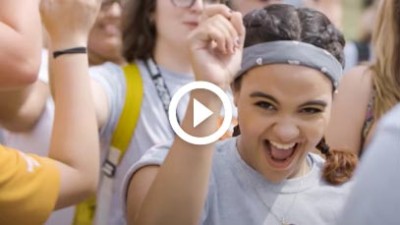Theatre Design and Stagecraft Immersion
- RIT /
- Rochester Institute of Technology /
- Academics /
- Theatre Design and Stagecraft Immersion
Curriculum for 2025-2026 for Theatre Design and Stagecraft Immersion
Current Students: See Curriculum Requirements
Contact
Program Contact
- Erin Auble
- Interim Department Chair
- NTID Department for Performing Arts
- National Technical Institute for the Deaf
- emtnpa@rit.edu
Search RIT
This website uses cookies to provide better user experience and functionality. You can control and configure cookies in your web browser.
Cookie Statement
|
How to Disable Cookies










